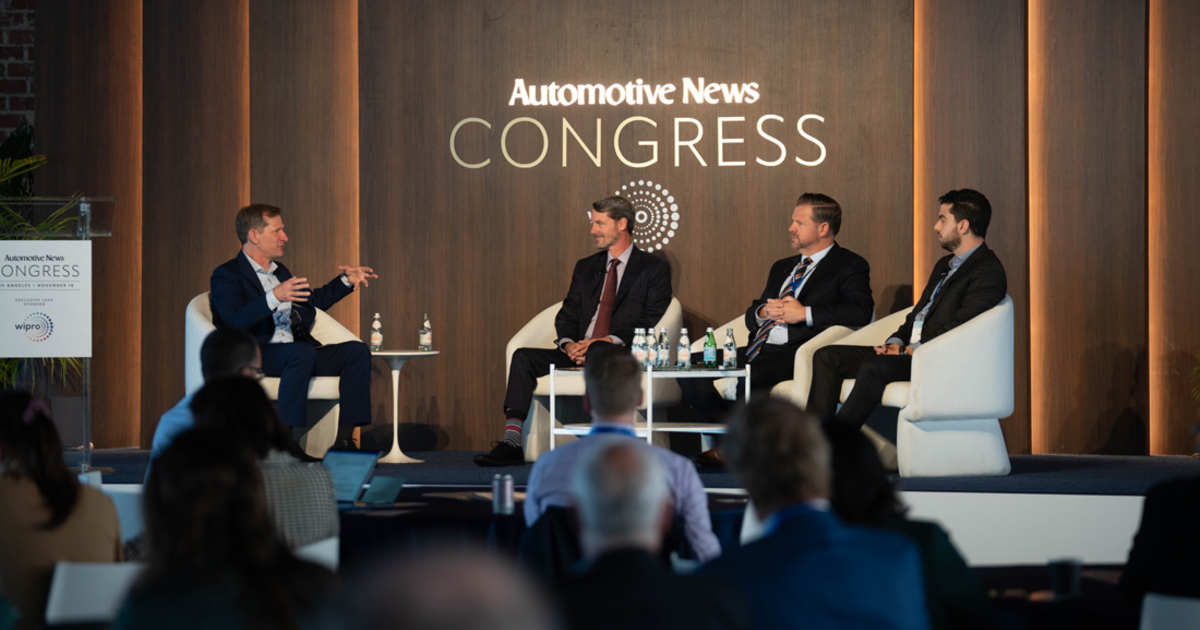
LOS ANGELES — Sales of the Toyota Mirai hydrogen fuel cell vehicle may be small since its launch eight years ago, but those owners are using their cars in a big way.
More than 9 in 10 owners (92 percent) use their Mirais as their primary household vehicles, said Craig Scott, director of fuel cell solutions for Toyota Motor North America. Scott said less than two-thirds of battery-electric vehicle owners say the same.
But it is a small sample. The Mirai has been on sale in the U.S. since 2015 and struggled to gain a foothold. Since the start of 2020, Toyota has sold just 4,717 in the U.S. through October this year.
Nonetheless, Toyota’s reported gap in how some owners are using the two technologies showcases ways in which hydrogen fuel cell-powered vehicles might complement and compete with BEVs down the road.
“People view the capabilities of hydrogen as a primary vehicle replacement, and they’re acting accordingly,” said Scott, who spoke Friday in Los Angeles at the Automotive News Congress. “In Los Angeles, driving 60 to 80 miles on a commute is not that unusual, and I think you need the robustness that hydrogen offers.”
Toyota is preparing for that future. Beyond the Mirai, the company has partnered with BMW to co-design and co-develop another hydrogen fuel cell vehicle, which could go on sale as early as 2025.
Of course, BEV sales are booming, while fuel cell sales remain in an embryonic state. In Japan, where Toyota launched the Mirai in 2014, the cumulative volume of fuel cell passenger cars was approximately 4,200 sold, according to an October report from consulting firm Interact Analysis.
For long-haul applications and perhaps others, however, there’s increasing exploration of hydrogen in transportation.
“We believe in EV technology, though for heavy-duty and perhaps some other segments today, hydrogen could be a better solution,” Hyundai global COO Jose Muñoz said during the same event.
A lack of infrastructure remains a hindrance. While 48,148 BEV charging stations exist in the U.S., according to November figures from the Energy Department’s Alternative Fuels Data Center, there are just 54 public hydrogen fueling stations.
The U.S. Department of Energy is in the midst of an $8 billion effort to establish hydrogen hubs that would give hydrogen a critical mass of producers and users for early adoption.
While many eye long-haul trucking use cases specifically for hydrogen, it may not be too late for it to catch up with BEVs as an alternative to internal combustion engines in light-duty vehicles.
“Fuel cells are coming in late,” said Bill Elrick, executive director of the Hydrogen Fuel Cell Partnership. “But if you look at the energy transition, and we’re now looking at going from incremental growth to a 100 percent transition, people are getting different answers to that question.”